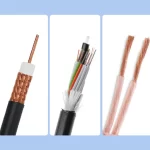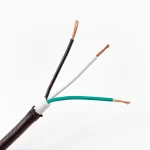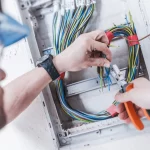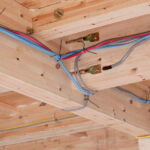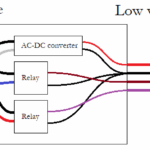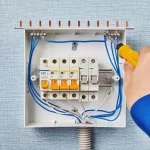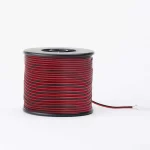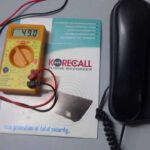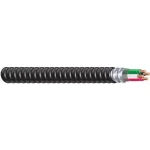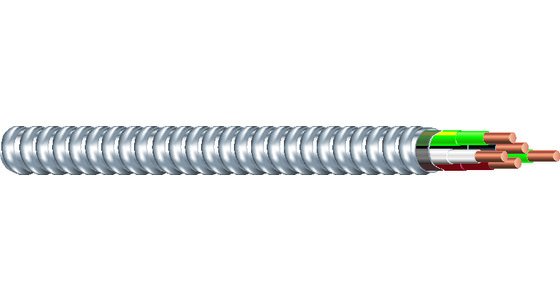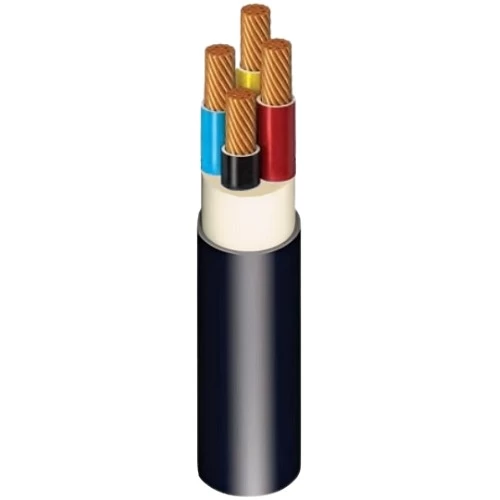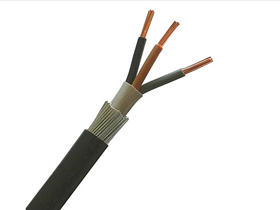Home low voltage wiring is essential for many of the smart, efficient, and modern systems found in today's homes. From security systems to smart lighting, speakers, internet, and thermostats, low voltage wiring powers much of what makes a house comfortable and connected.
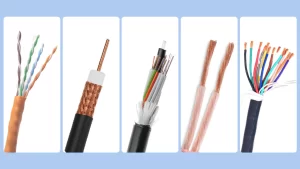
home low voltage wiring
In this guide, we’ll cover:
-
What low voltage wiring is
-
Where it’s used in the home
-
Types of low voltage cables
-
Installation basics
-
Code and safety considerations
-
Frequently asked questions
Let’s dive in.
🔌 What Is Low Voltage Wiring?
Low voltage wiring refers to electrical systems that operate at 50 volts (V) or less. These systems don’t carry the same electrical risk as standard 120V/240V power lines, but they still need to be installed carefully and properly.
Typical voltage ranges:
-
12V
-
24V
-
48V
These systems usually carry signal or control information rather than power.
🏠 Where Is Low Voltage Wiring Used in the Home?
Here are the most common home applications for low voltage wiring:
| Application | Voltage | Cable Type | Description |
|---|---|---|---|
| Smart Doorbells | 12–24V | Thermostat wire | Used for video doorbells and chimes |
| Thermostats | 24V | 18/5, 18/2 wire | Controls HVAC systems |
| Security Systems | 12V | Alarm wire | Powers motion sensors, alarms, cameras |
| Internet & Data (Ethernet) | <50V | Cat5e, Cat6 | Structured wiring for home networking |
| Speakers | ≤24V | Speaker wire (16 AWG–12 AWG) | Home audio systems |
| Landscape Lighting | 12V | Low-voltage landscape cable | Exterior lighting |
| CCTV Cameras | 12V | RG59 + power wire | Video surveillance |
🔧 Types of Low Voltage Wiring and Cables
1. Thermostat Wire
-
Common sizes: 18/2, 18/5
-
Applications: HVAC, doorbells, intercoms
2. Cat5e / Cat6 Ethernet Cable
-
For internet, networking, PoE (Power over Ethernet) devices
3. Speaker Wire
-
Usually 16 AWG or 14 AWG
-
For in-wall or in-ceiling audio setups
4. Coaxial Cable (RG6, RG59)
-
For satellite TV, CCTV, modems
5. Alarm Wire
-
Often 22 AWG, multi-conductor
-
Used for PIR motion sensors, window/door contacts
6. Landscape Lighting Cable
-
UV-resistant, weatherproof
-
Rated for underground or exterior use
🛠️ Installation Basics for Home Low Voltage Wiring
Planning is key. Follow these steps for smooth installation:
-
Design the layout
-
Identify devices and their power/signal needs
-
Map cable paths to avoid interference with high-voltage wiring
-
-
Choose the right cable
-
Match the wire gauge and insulation to voltage and application
-
-
Use proper conduits
-
Especially in walls, ceilings, or outdoors
-
-
Avoid parallel runs with high voltage
-
Reduces electrical noise and signal loss
-
-
Label wires clearly
-
Future troubleshooting becomes much easier
-
-
Use junction boxes and wall plates
-
Keep connections accessible and secure
-
⚠️ Do You Need a Permit for Low Voltage Wiring?
In many U.S. areas, low voltage installations are exempt from permits, especially for DIY homeowners. However, some jurisdictions do require permits or inspections, especially for:
-
Structured wiring (data/network)
-
Security and fire alarm systems
-
Commercial installations
Always check with your local building authority.
🧰 Tools You May Need
-
Fish tape or cable puller
-
Low-voltage stapler or cable clips
-
Wire strippers (for small gauge wire)
-
Crimping tools or punch-down tools (for RJ45)
-
Multimeter or cable tester
💡 Low Voltage vs. Line Voltage: Key Differences
| Feature | Low Voltage | Line Voltage (120V/240V) |
|---|---|---|
| Voltage Level | ≤50 volts | 120V / 240V |
| Safety Risk | Lower | Higher |
| Installation | Easier (no license in many areas) | Requires licensed electrician |
| Common Use | Signal, control, comms | Power delivery |
🔍 Popular Related Search Keywords
To help cover the full range of user queries, here are commonly searched phrases associated with home low voltage wiring:
-
low voltage wiring diagram for home
-
DIY low voltage wiring
-
low voltage cabling types
-
low voltage wiring code
-
how to wire a low voltage lighting system
-
low voltage wiring in walls
-
low voltage vs high voltage wiring
❓ Frequently Asked Questions
Q: Can I install low voltage wiring myself?
A: Yes, in most residential applications. It’s safer than line voltage, but you should still follow proper practices and check local codes.
Q: Is low voltage wiring safe to run next to high voltage?
A: It’s best to keep them at least 6 inches apart or use shielded cables or separate conduits to avoid interference.
Q: Does low voltage wiring need to be in conduit?
A: Not always, but it’s a good idea for protection, especially outdoors or in walls.
Q: What size wire should I use for 12V landscape lights?
A: Depends on distance and power. For short runs, 16 AWG may suffice; for longer runs or higher wattage, use 12 AWG or 10 AWG to avoid voltage drop.
🏁 Conclusion: Make Your Home Smarter with Low Voltage Wiring
Whether you're building a smart home, improving your audio system, or installing a security camera, home low voltage wiring is the backbone of modern living. It's low-risk, relatively easy to install, and opens up a world of automation and connectivity.
🧵 Need Help or Looking for Quality Low Voltage Wire?
At TOT Wire & Cable, we supply top-quality low voltage copper wire at unbeatable prices—perfect for:
-
DIYers
-
Homebuilders
-
Electricians
-
Smart home installers
📩 Contact us today for bulk wire inquiries or expert advice.

